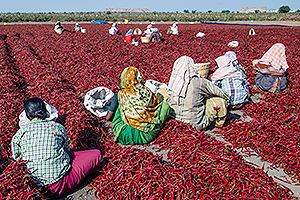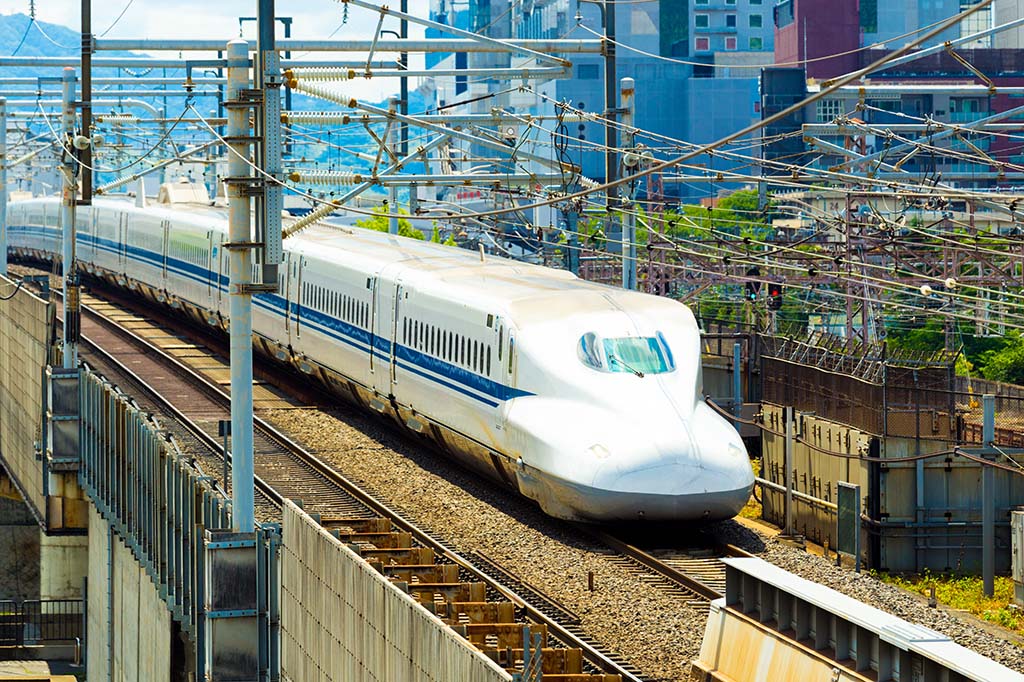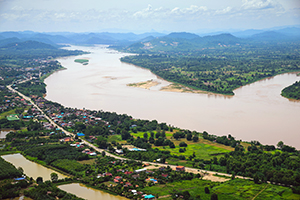
As the world deals with the “new normal” of a slowing China, regional financial and economic integration is more important than ever, and South Asia is strategically poised to play an influential part.
There are several reasons why it is time to take a fresh look at the potential bridging role of South Asian economies in Asian integration. First, the South Asian economies — which comprise India, Pakistan, Bangladesh, Sri Lanka, Nepal, the Maldives, Afghanistan and Bhutan — have a largely untapped market of about 1.7 billion people, and they belong to the South Asian Free Trade Area.
Second, South Asia is one of the few bright spots for growth in a global economy that is adjusting itself to China’s slowdown. South Asia as a whole grew at an annual rate of 6.3% from 2012 to 2014, matching the average growth rate for developing Asia in the same period.
The Asian Development Bank projects South Asia’s growth to accelerate to 6.9% in 2015 and 7.3% in 2016, which exceeds forecasts for developing Asia. Both South Asia and developing Asia grew faster than the industrialized economies of the U.S., Japan and Europe between 2012 and 2014.
Third, the improved political environment in some South Asian countries is an attraction. For example, the pro-business government of Indian Prime Minister Narendra Modi is implementing a new economic reform program as well as an Act East Policy aimed at forging closer economic ties with important East Asian economies. Sri Lanka also has a new reform-minded government under President Maithripala Sirisena.
Fourth, amid growing concerns about aging populations in East Asian economies and the effects of a declining working population, South Asia is blessed with a large and dynamic labor force.
About 52% of South Asia’s population is of working age, defined as those age 15 and above. That figure is higher in several South Asian countries, including Bangladesh and Nepal.
A cheap and increasingly literate workforce can help with the industrialization of South Asia as global demand increases for supply chains and services, including in information technology, professional services, tourism and construction.
Furthermore, linking emerging South Asia with the more developed countries of the Association of Southeast Asian Nations makes economic sense. It can create a huge regional market of 2.3 billion people that can transform regional economies.
On Nov. 22, at the ASEAN summit in Kuala Lumpur, leaders announced the launch of the ASEAN Community and ASEAN’s Vision beyond 2015.
The end of 2015 saw the inauguration of the ASEAN Economic Community one of the three elements of the ASEAN Community, which will create an integrated market and production base among the 10-member nations. This will create an ASEAN grouping with 620 million people and a combined gross domestic product of $2.4 trillion. In addition, the opening up of Myanmar, which can serve as a gateway between South Asia and Southeast Asia, increases the potential for infrastructure-led integration.
Unleashing investment
A recent study by the ADB and its affiliated ADB Institute titled “Connecting South Asia and Southeast Asia” highlights the potential for investments in infrastructure and associated soft infrastructure in furthering economic ties between South Asia and Southeast Asia.
The study found that the welfare gains from infrastructure-led integration are potentially large, amounting to at least $568 billion. More populous South Asia could gain $375 billion, while Southeast Asia could gain $193 billion. Most participating countries show large gains, especially smaller South Asian countries.
The best-case scenario for deep integration will include the removal of all tariffs and a 50% reduction in nontariff barriers associated with South Asian and Southeast Asian trade, with a 15% reduction in trade costs reflecting improved trade facilitation and infrastructure investments.
The study also found that only $73 billion is required to meet the total cost of infrastructure investments to link South Asia and Southeast Asia. This figure includes $34 billion for railway projects, $18 billion for road projects, $11 billion for port projects and $10 billion for energy trading projects.
These estimates were based on an analysis of critical infrastructure bottlenecks and the formulation of projects to alleviate them. These items cover projects directly related to creating new infrastructure between South Asia and Southeast Asia or upgrading existing cross-border links. They do not include the cost of infrastructure projects within either South Asia or Southeast Asia.
Infrastructure holes lie mainly in Myanmar, but gaps also exist in Bangladesh, Cambodia, Laos, Thailand and Vietnam. These relate mainly to missing road and railway links that need to be constructed, transport links, such as roads connecting major highways, that need to be upgraded, incompatibilities in railway gauges that have to be overcome and railways that need to be modernized.
Major ports, such as Kolkata, Chittagong and Yangon, suffer from constraints in capacity, efficiency and connectivity to road and rail networks. Various obstacles hinder energy trading, including technical barriers related to grid synchronization, gaps in natural gas pipelines, and distorted energy pricing and subsidy regimes.
The study also suggests that public-private partnerships can help finance regional infrastructure projects, particularly in the region’s more developed economies. Such projects are difficult to finance from private financial markets alone because of the high risks and long gestation periods.
The creation of a few demonstration PPP projects backed by capacity building and advisory services is useful to increase demand for such partnerships. Improving political risk guarantees, transparency, regulatory frameworks, coordination support and governance of PPP projects can stimulate the supply of such funds.
Finally, the study suggests that coordinating the planning and implementation of regional infrastructure projects is challenging. This is because of various overlapping regional institutions with different mandates and capacity to manage and finance infrastructure projects. Multilateral and regional development banks can play a useful role as honest brokers and provide knowledge to facilitate regional connectivity.
Looking Ahead
Over time, the economic links between South Asia and Southeast Asia could be expanded to larger East Asian economies such as Japan and China through the Regional Comprehensive Economic Partnership, a planned mega-regional trade group. Negotiations for the RCEP began in early 2013 among 16 economies, including the 10 ASEAN members, Japan, China, South Korea, India, Australia and New Zealand.
An eventual RCEP deal would cover trade in goods and services and establish investment rules, among other issues. The RCEP would be able to help stimulate the spread of sophisticated production networks and supply chains to South Asia. It would also create a large trade bloc representing 49% of the world’s population and 30% of its GDP.
India is the only South Asian economy participating in the RCEP negotiations. But once an agreement is reached, probably in late 2016 or early 2017, other South Asian economies may wish to join the process to avoid the economic and political pitfalls of being left out. Some commentators suggest that India might play a key role in advocating the case for including its South Asian neighbors in the RCEP.
There is a historic opportunity for South Asia to act as a bridge for Asian integration. Improved infrastructure between South Asia and Southeast Asia can lay the foundations for deepening trade and investment relations with Japan, China and other East Asian nations. Large mutual benefits can be expected for both South Asian and East Asian economies as a result of closer regional integration and cooperation. In addition, the financial cost is likely to be manageable. With concerted national and regional policy action, the integration of South Asia and East Asia can become a reality.
This article was first published by Nikkei Asian Review.




